
“Lonidos” Inscribed Seat Discovered in 5,000-Year-Old Ancient Theatre
In Bursa, Türkiye, the Helenistic Apollonia ad Rhyndacum Ancient Theatre has revealed a seat inscribed with “Lonidos,” dating back to the Roman period. According to excavation director Prof. Dr. Derya Şahin, restoring the seating to its original positions is helping the 5,000-year-old theatre regain its long-lost form.
Excavations at the Apollonia ad Rhyndacum Ancient Theatre have been ongoing since 2021 under the supervision of Prof. Dr. Derya Şahin. The project, carried out with the support of Nilüfer Municipality and Bursa Uludağ University, focuses on relocating 42 displaced seating blocks to their original positions and understanding the theatre’s evolution from the Hellenistic era to the Roman period.
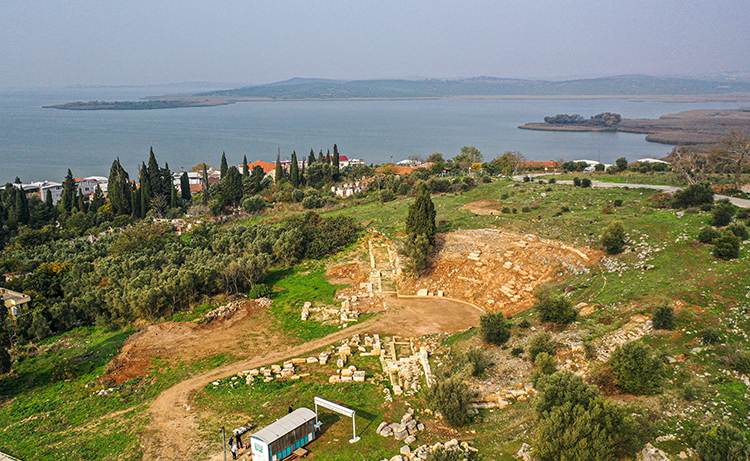
A seat at the upper part of the cavea, scattered and partially buried, drew particular attention due to the inscription “Lonidos.” Prof. Dr. Şahin explained, “This inscription may refer to a female priest or another prominent figure of the period. By carefully analyzing the seating’s foundations, we can place it in its original context and better understand the theatre’s social and cultural function.”
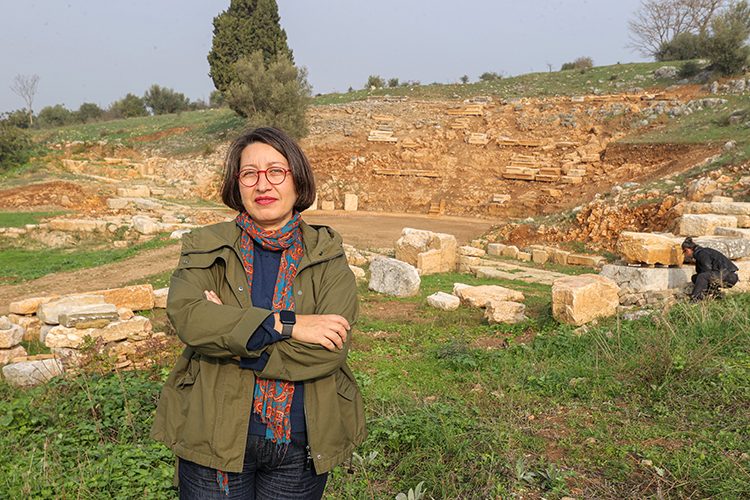
“This theatre spans an 80-meter cavea diameter with a 28-meter orchestra, and features VIP-like boxes. Our goal is to reveal both its scale and function accurately,” Şahin added.
📣 Our WhatsApp channel is now LIVE! Stay up-to-date with the latest news and updates, just click here to follow us on WhatsApp and never miss a thing!!
This season, teams conducted careful scraping of the cavea to examine underlying support structures. “Identifying these structural elements allows us to understand the construction phases of the theatre,” Şahin said. “With this information, we can reinstall the ‘Lonidos’ seat and other seating in their original locations, preserving the historical integrity of the theatre.”
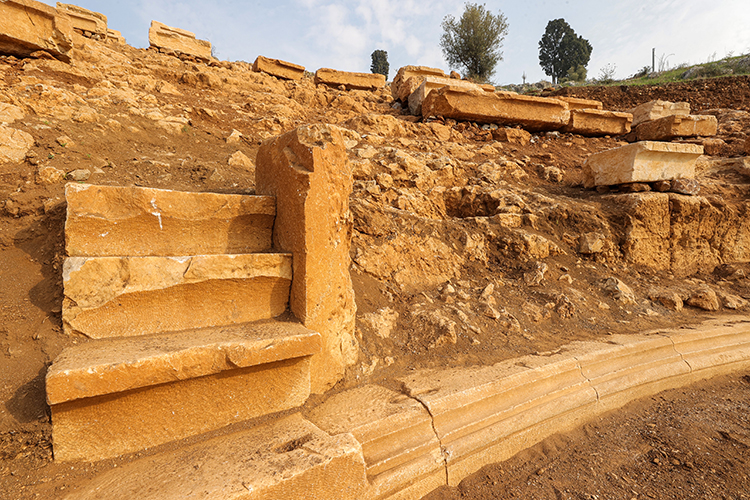
The project also envisions long-term restoration. “We aim to restore 42 displaced seats along with their foundations to original positions. This will make the theatre’s historical layout and usage fully comprehensible,” Şahin noted.
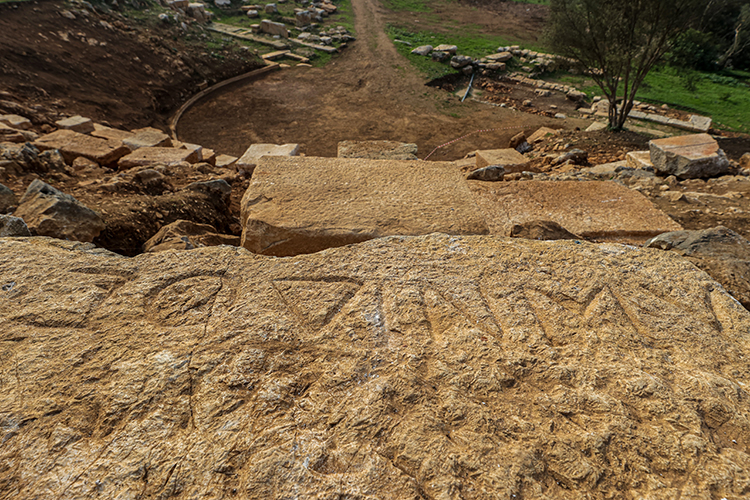
Gölyazı, where the theatre is located, holds significant urban archaeological value. Prof. Dr. Şahin emphasized, “The site has been protected as part of a Ramsar area since 1998. Damage to city walls, necropolises, and the theatre has been nearly eliminated thanks to the excavations. The Heritage for the Future Project ensures that these structures are preserved scientifically and for tourism.”
Research into possible religious structures associated with the theatre is ongoing. Şahin stated, “Ancient theatres often had connections with religious rituals. We are investigating potential remains linked to Apollo or Dionysus, but no conclusive findings have emerged yet.”
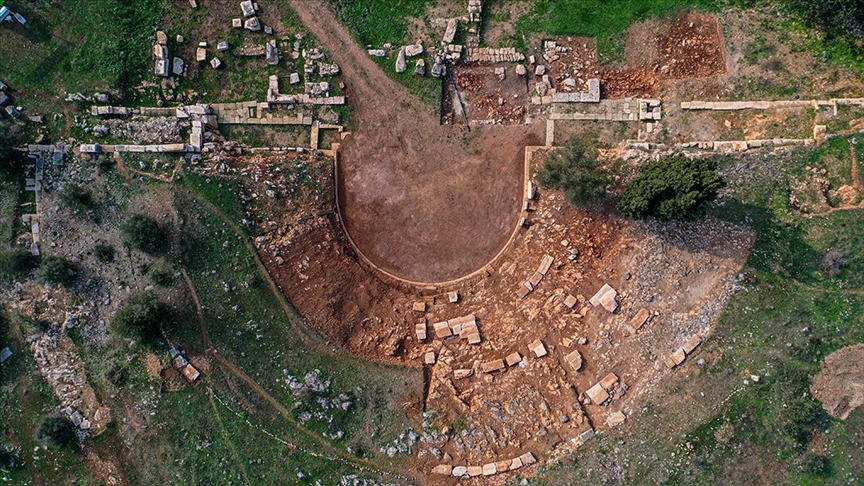
You may also like
- A 1700-year-old statue of Pan unearthed during the excavations at Polyeuktos in İstanbul
- The granary was found in the ancient city of Sebaste, founded by the first Roman emperor Augustus
- Donalar Kale Kapı Rock Tomb or Donalar Rock Tomb
- Theater emerges as works continue in ancient city of Perinthos
- Urartian King Argishti’s bronze shield revealed the name of an unknown country
- The religious center of Lycia, the ancient city of Letoon
- Who were the Luwians?
- A new study brings a fresh perspective on the Anatolian origin of the Indo-European languages
- Perhaps the oldest thermal treatment center in the world, which has been in continuous use for 2000 years -Basilica Therma Roman Bath or King’s Daughter-
- The largest synagogue of the ancient world, located in the ancient city of Sardis, is being restored



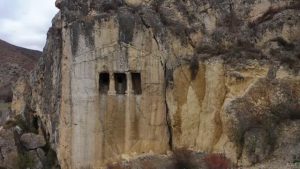

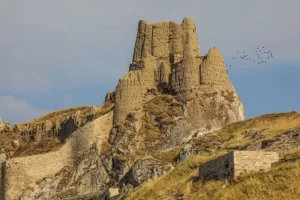
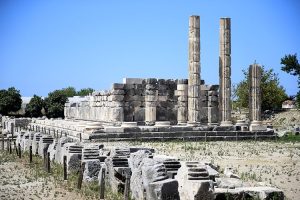



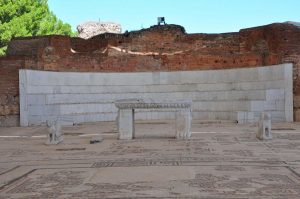
Leave a Reply